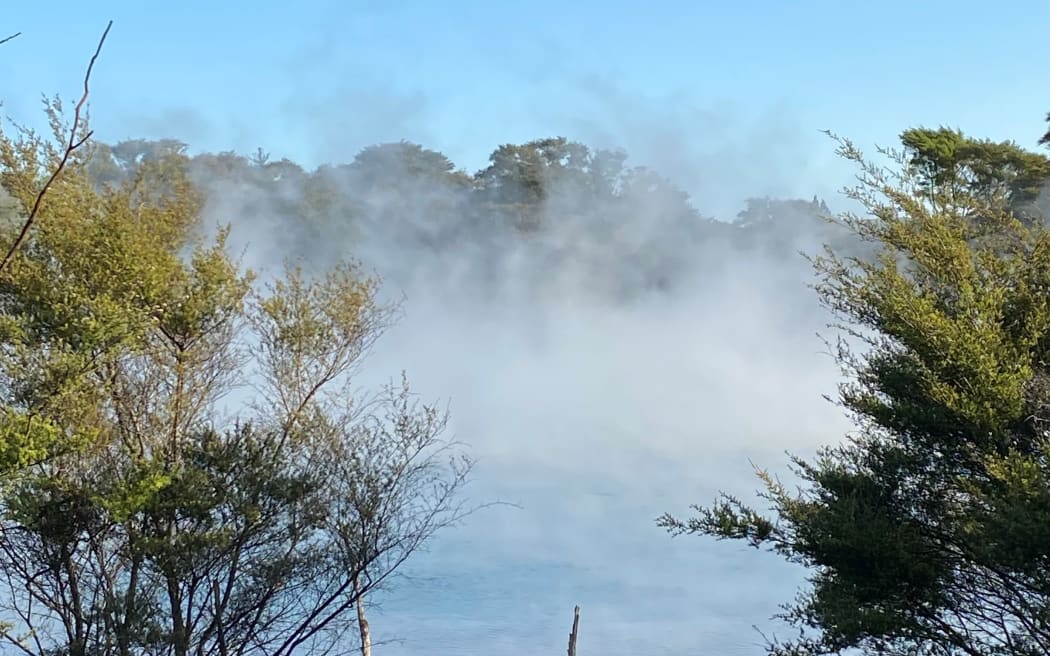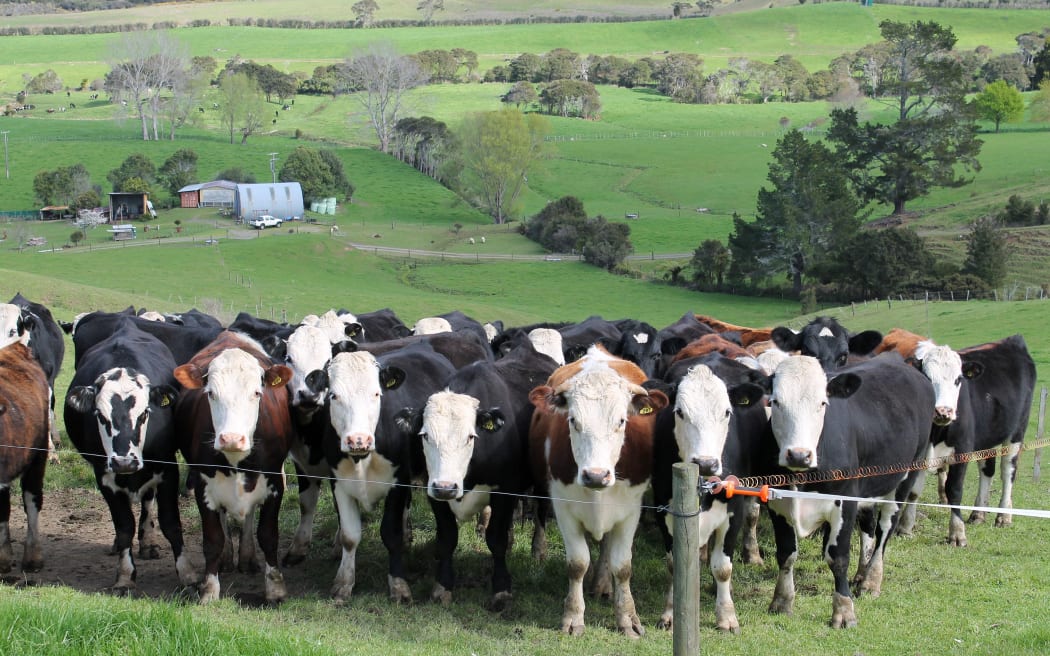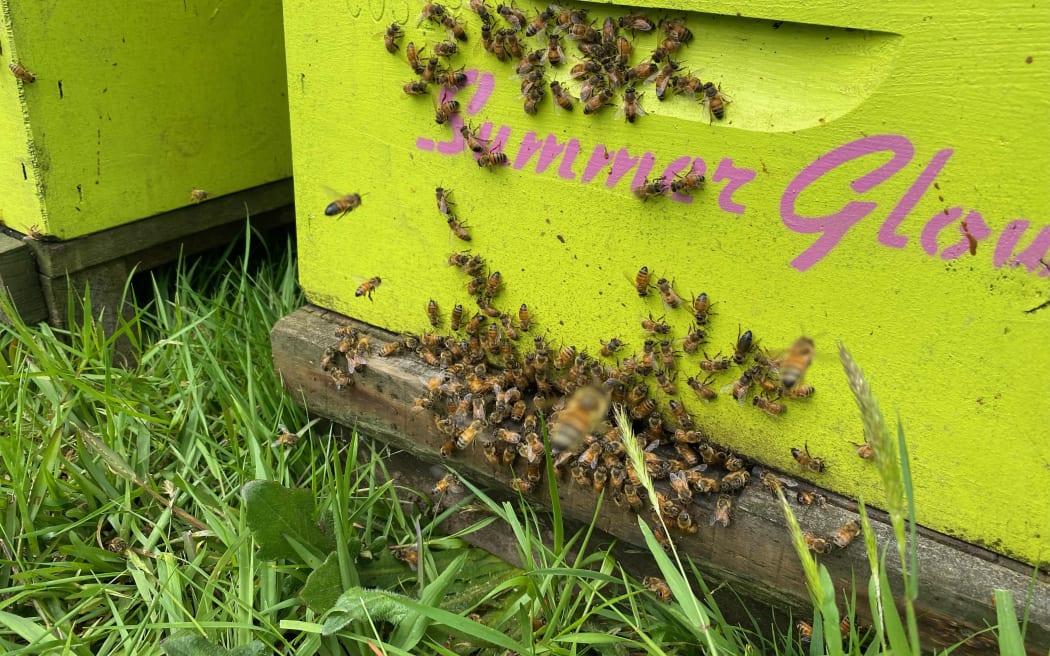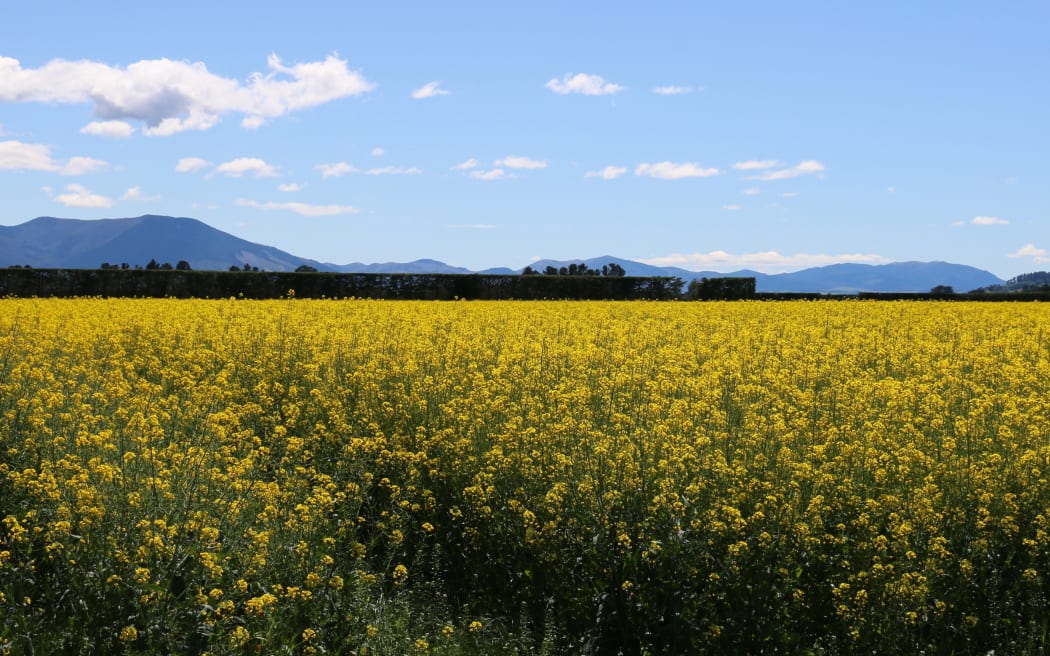There's been enough warm rain with a mix of sunshine to kick grass out of the ground this week in Northland. Work has been slow up until this week and all available nitrogen had been used to break the ground down. But now it looks like things are on the up which is a relief to farmers who had one too many grey hairs pop through with the stress. Farmers are running about a month behind thanks to the wet weather with most trying to get their maize crops in now.
Much-needed rain fell around Pukekohe at the weekend but by midweek it was fine with a 25-degree afternoon rapidly drying the surface. Vegetable growers needed to get into action as onions required control of the thrip insect. The first of the early new season's crop should be on the shelves within three weeks. Light supplies of good quality new potatoes are now available. Our contact says tuber moth is now present in the environment looking for a potato crop to feed on.
It hasn't been easy on sheep and beef in Waikato this spring. It's not as warm as last year and cool nights affect grass growth. Cows have been fed well but not "very" well and there is no surplus grass to have silage in place for the summer. A major kiwifruit grower this week has finally accepted he will be writing off 60 per cent of his crop. It's taken until this week to see how much damage last month's frost caused. There was hope some battered flowers might have grown on but that's not the case. His one hectare of green Hayward is written off and a lot of his gold crop.
It's been hot in King Country ... and that's great for grass growth. The rain had arrived by the end of the week. Our contact was preparing for drenching.

Sun is shining and steam is rising in Rotorua. Photo: RNZ/Leah Tebbutt
Growth rates have turned around in Taranaki. Lovely warm rain followed by solid sunshine days is just what the region needed. Grass growth was just keeping up with cow requirements, and more supplements had been fed than what was budgeted for. But now after a bit of warm rain farms should be seeing surpluses starting to occur for much-needed silage. Currently, you can't find silage or hay anywhere on farms.
To the East Coast now and November has brought the first real scent of spring. Warm days reaching 28 degrees are a stark contrast to the 11-degree highs on some days last month. Feed-wise, everyone is okay, but it has been difficult to keep lamb growth rates up. Maize and other crops are late into the ground but most farmers are plodding along happily. However, the warm days this week have brought hope that the East Coast is turning a corner.
In Hawkes Bay, the weather has really dried things out. The ground is getting a lot harder which is good for our contact who hasn't had much luck getting the tractor onto the vineyard the past few months. The heat has helped the vines with lots of growth. Chardonnay is about a week or so from flowering. The flowering is a little bit early this year only because the vines were pruned earlier than usual to mitigate the labour shortage.

Photo: RNZ / Susan Murray
Clover has started pushing through in Manawatu. It's an indicator that things are starting to turn a corner as there is finally enough heat in the ground for growth. It's been a little bit tricky going from a wet winter to a coldish spring. However, this week was finally good timing for spraying the paddocks off to put summer crops in. Everyone in the Manawatu region seems to be thinking the same thing with many of the spray trucks scrambling to fit everyone in between the wind. The last bit of docking's been done.
Farmers in Wairarapa are still treading water. Despite the wet winter farmers were happy to have almost 50 millimetres of rain over the past few days to kick on pasture growth which has been lacking in the east especially. The spring winds started with a vengeance this week. Farmers' morale is low - our contact says - because of disappointing lamb and pasture growth.
It's been quite dry in Nelson after serious flooding earlier in the year. Six millimetres of rain this week has made no real difference. Vineyard flowering is about two to three weeks away and a winegrower says he'll probably have to irrigate soon. It is still unclear what the damage is from last month's frost. There has been a bit of dead material around the vineyard but once the flowers are out, the true extent will be known.

Bees are beginning to buzz with the taste of spring pollen. Photo: RNZ/Leah Tebbutt
There hasn't been much of a swell for our crayfisherman in Marlborough. That means one thing - good fishing. The spring equinox makes it hard to know day-to-day what it might be like. But while many complain about too much rain, it makes no impact on fishing. However, this year has been the hardest for the industry, with China, the strongest export market, largely closed due to covid restrictions.
Rain has caused a bit of damage on the West Coast this week - but only what you would expect from too much rain. There are variable growth rates across the coast but rain will slow it up now as farmers won't be able to put much fertiliser on the ground for at least five days as they wait for the ground to dry up.

Photo: Cosmo Kentish-Barnes
It's been a blustery warm week in Canterbury. Fodder beet planting is all but complete and farmers are now switching to kale planting. The area planted in maize for both grain and silage is increasing in Canterbury and planting is in full swing now. Pasture growth has finally ramped up however there is still no real genuine feed surplus available for baleage and silage.
Big rain events every other week have been holding things up in Otago. The weather's been trying for groundwork, getting crops in the soil and silage making. After sporadic growth, grass growth rates have exploded this week and it's starting to go to seed. While the cows are milking well, management is critical to maintain production and keep things ticking along through the challenging weather. There was a fair bit of wind when we called, which isn't kind to the Southern Series cycling event happening this week.
In Southland, everyone is getting seeds in the ground to grow grass. The last of the hoggets have been tailed this week marking the official end to the lambing season. The region is said to have extremely favourable growing conditions - beautiful days and plenty of moisture in the ground which is unusual when this time is normally the peak of the pinch. Our contact says he hasn't even contemplated putting urea fertiliser on the dairy farm yet.

